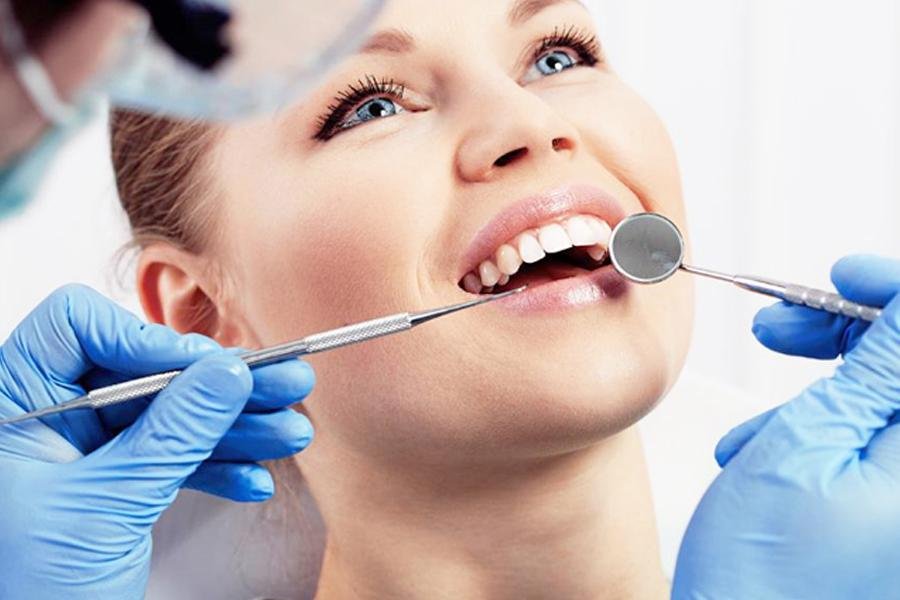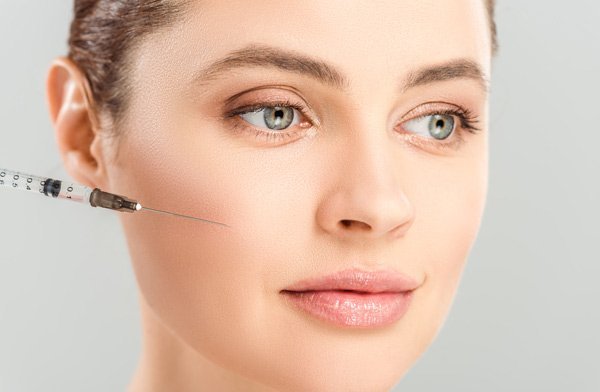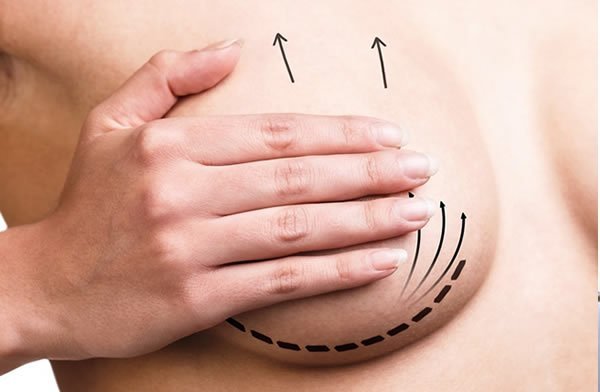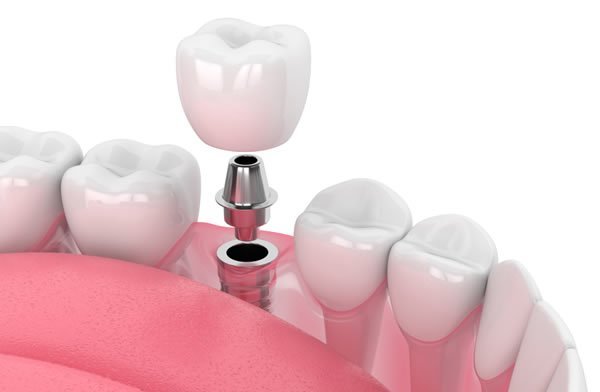Get premium service from your appointment request until the completion of all your treatments
L-Glutathione, Vitamin C, Check Up Options
Get premium service from your appointment request until the completion of all your treatments
We will be happy to welcome you in our renovated luxury clinic for VIP health services.
Please fill out the form to receive premium service from our experts.
Dr.Muhsin Clinic & Wellness; Hair transplantation, liposuction, skin care, ozone therapy and anti-aging treatments with a premium service understanding, transfer, accommodation, treatment and all subsequent processes!
Operation Process:
Post-Operative Care Tips:
NON SURGIAL FACIAL AESTHETIC
WHAT IS BOTOX?
Botox (botulin toxin) is a toxin obtained from the bacterium called Clostridium botulinum. It shows its effect by blocking the release of substances provide conduction at the nerve endings, and stops the transmission between the nerves and the organs reached by the nerves.
- It is used in wrinkle treatments.
- It is used in over-sweating treatments.
- It is used in face shaping.
- It is used in migraine treatments.
NOTE: Botox is not a snake venom, it is a natural, protein-based drug produced from a special bacterium.
BOTOX IMPLEMENTATION
1. Botox (botulin toxin) is a toxin obtained from the bacterium called Clostridium botulinum.
2. It blocks the release of substances provide conduction at the nerve endings, and stops the transmission between the nerves and the organs reached by the nerves.
3. It is applied to reduce the facial wrinkles and prevent their constitution.
4. It is a type of treatment that used to minimize the sweating complaints in the armpits, hands and soles.
5. Before the implementation, the local anesthetic creams are used for the comfort of our patients.
6. It is applied on the forehead, around the eyes and in the middle of the eyebrows with small injections.
7. The implementation takes nearly 10-15 minutes.

Penile Enlargement Procedures
Penile enlargement procedures aim to increase the length, girth, or both aspects of the penis. These procedures are typically performed by experienced urologists or plastic surgeons and may include the following options:
a. Phalloplasty: Phalloplasty is a surgical procedure that involves lengthening the penis by releasing the suspensory ligament. This allows for more of the internal portion of the penis to be exposed, resulting in increased visible length. In some cases, additional techniques such as grafting or fat transfer may be used to enhance girth as well.
b. Penile Augmentation: Penile augmentation procedures focus on increasing the girth of the penis. One common method is the injection of dermal fillers or autologous fat into the penile shaft, resulting in a temporary increase in circumference. It's important to note that these effects may diminish over time, requiring additional treatments for maintenance.
Liposuction
What is liposuction?
Liposuction is a surgical procedure to remove excess adipose tissue in certain areas of the body that show resistant fat deposits that cannot be destroyed by slimming methods, such as the abdomen, hips, waist, thighs, and shoulders.
What are the types of liposuction
Liposuction is performed inside the hospital under the expertise of our largest medical staff. Liposuction is performed either under general anesthesia or local anesthesia. This depends on the size of the area to be used for liposuction.
Before liposuction, an examination is made of the patient so that the doctor determines the areas from which liposuction will be performed. Ultrasound liposuction is performed by making a small opening in the area and drawing liquid fat through it.
Or by classic liposuction by removing the subcutaneous fat by opening the skin, but this method is not preferred now because the patient needs another skin tightening operation.
Vaser liposuction or sculpting is the name given to the process of liposuction from the area that needs fat removal with sound waves. With this application, fat is easily dissolved and removed by breaking the bonds between body fat in liquid form. The advantage of the Vaser liposuction method is that it does not damage the surrounding tissues while breaking down the fat cells. In addition, the speed of recovery so that they can return to their daily lives,
The choice of implant type and size depends on factors such as the patient's body proportions, desired outcome, and the surgeon's recommendations. During a consultation, the surgeon will discuss the options and help determine the most suitable implant for the patient's goals.
Chin Augmentation
Chin augmentation, also known as genioplasty, is a cosmetic procedure designed to enhance the size, shape, and projection of the chin. By improving chin aesthetics, this procedure can help create a more balanced and harmonious facial profile. In this article, we will explore the details of chin augmentation, including the procedure, implant options, recovery, and considerations.
Dental fillings
Dental fillings are used to treat tooth decay that has caused a cavity
The dentist first removes the decay from the tooth, then cleans the cavity and places the filling material.
There are a variety of materials for cavity filling.
The most appropriate material will be selected based on the size, shape and location of the filling. A common choice is a tooth-colored filling material (such as a resin or ceramic composite), which can restore a tooth's appearance, shape, and function.
Teeth whitening treatment

can be applied in two ways.
First, the home bleaching
Secondly, office bleaching
After consultation and analysis by the doctor, the method of teeth whitening that will be used for the patient is determined
After examination and examination, the whitening gel prescribed by the dentist is applied using heat or ultraviolet light.
After that, the teeth are prepared and made suitable for the whitening procedure prior to the treatment.
For this, the teeth are first cleaned and polished. Then the color of the teeth is determined after the cleaning procedure, and the teeth whitening treatment is applied. The treatment lasts about 30-45 minutes
After completing the teeth whitening treatment, it is possible to develop sensitivity in the teeth after completing the teeth whitening treatment. Therefore, care must be taken regarding foods and drinks in this process, and attention to dental hygiene during the first 24 hours after whitening. Foods that have coloring effects should not be eaten. After 24 hours, cleaning, care and adherence to feeding habits that have a major role in restoring the color of the teeth must be done, and follow-up in daily brushing to maintain the color of the teeth
Zirconium

veneers are light and hard veneers to preserve teeth.
It is applied to patients who are allergic to metals. It is one of the most preferred methods of veneers at the present time, due to its advantages. It is used to treat tooth decay and for aesthetic purposes.
Zircon is one of the most preferred uses nowadays, because it does not contain metal, and it can be used even by those who are allergic to the metal.
Close to the natural tooth color and
It prevents cold and hot sensitivity on the teeth due to its thermal insulation property.
It is not affected by tooth yellowing factors such as tea and coffee, which makes the color of the zirconium coating stable.
Zirconium veneers can be used for a very long time with regular inspection and maintenance
Dr.Muhsin Clinic & Wellness experts are with you in all processes to reach the right solution.
We help our patients with our VIP vehicles for their safety and comfort. We have a team of translators so that you do not experience any communication problems.
Consultations are conducted by Dr.Muhsin and his team of Specialists. Operations are also performed by stretchers.
Opportunity to stay in the most beautiful hotels of Istanbul, one of the most beautiful cities in the world.
When your treatment is completed, Dr. Muhsin will perform the final checks. You will be transferred to the airport with your VIP vehicle again.
Congratulations! You will join hundreds of happy customers for whom Dr.Muhsin provides solutions.
While sipping our high-quality world coffees in the area reserved for you in our clinic, our experts follow all your steps.
Dr.Muhsin Clinic & Wellness; It has been designed with the comfort of our guests in mind. With premium service, you can be sure that you will be treated like kings and queens.
We will be happy to welcome you in our newly renovated luxury clinic for VIP health services.

As Dr.Muhsin Balaban and his team, you can review the contents we have prepared for you.
Before undergoing any penile enlargement procedure, it's crucial to schedule a consultation with a qualified specialist who can evaluate your individual needs and provide personalized recommendations. Here's what you can expect during the consultation and evaluation process:
Engaging in sexual activities comes with both pleasure and responsibility. Prioritizing safe and responsible sexual behavior is essential for protecting oneself and others from sexually transmitted infections (STIs) and unwanted pregnancies. In this blog post, we will provide tips for practicing responsible sexual behavior and ensuring protection, allowing for safe and satisfying experiences.
















